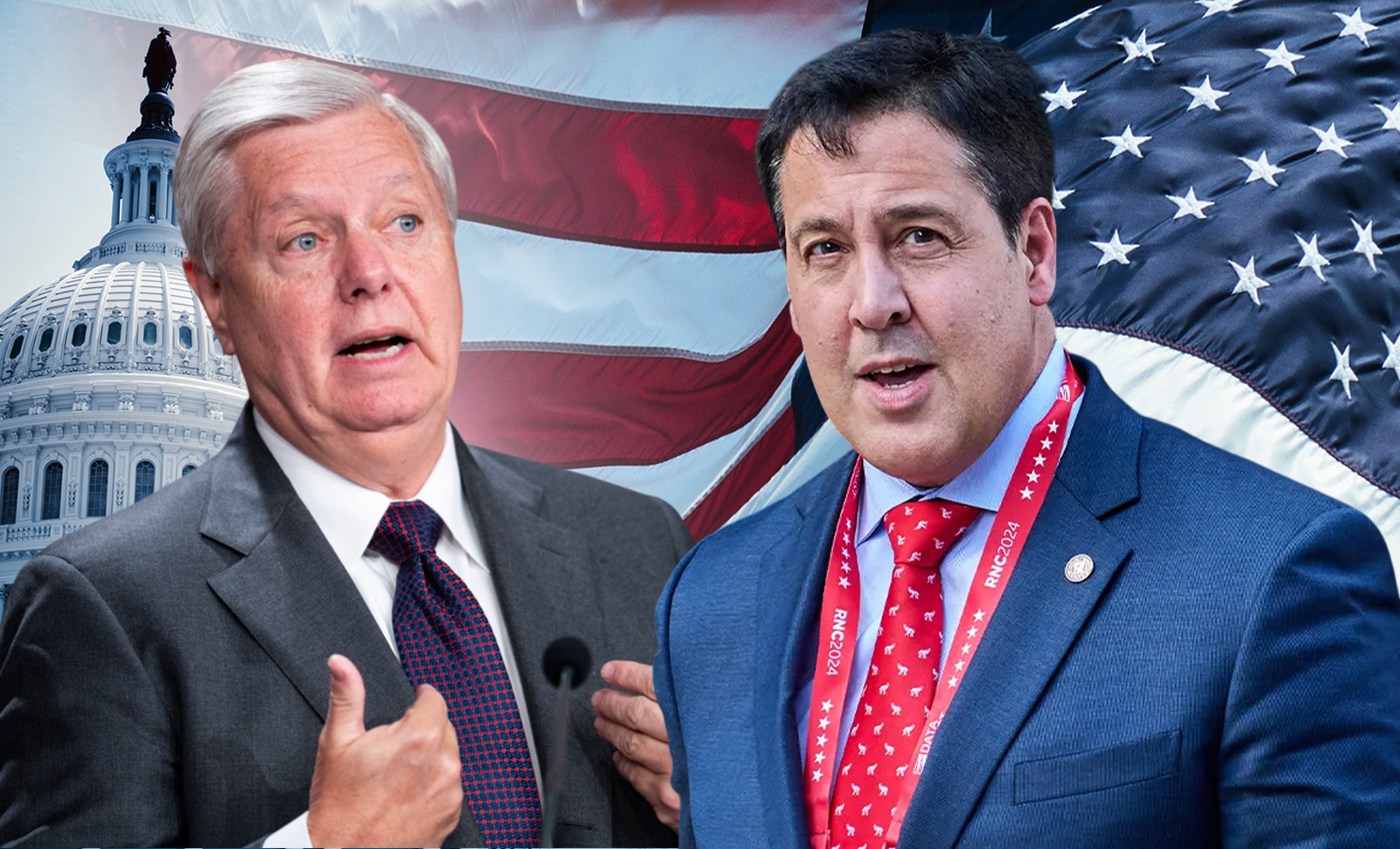Paul Dans, best known as the former director of the Heritage Foundation’s Project 2025 blueprint, has announced he will challenge veteran Republican Senator Lindsey Graham in South Carolina’s 2026 GOP primary. Dans, who has never previously held elected office, frames his bid as a direct confrontation over the direction of the MAGA movement. He accuses Graham of embodying entrenched Washington interests, calling the Senate “the headwaters of the swamp” and branding Graham a “swamp critter” out of step with conservative grassroots sentiment.
Ideological Significance: Unmasking MAGA Divisions
Dans’s entry reflects a sharper ideological rift within the Republican Party. As one of the central designers of Project 2025, a nearly 1,000‑page conservative policy manual intended to upend federal bureaucracy and install ideologically aligned personnel, Dans presents himself as a pure standard-bearer of Trump-aligned conservatism. While Graham has sought to align publicly with President Trump, who has endorsed Graham despite occasional tensions, the emergence of Dans showcases deep MAGA unease with establishment figures, even those formally supported by Trump, according to The Washington Post.
This primary highlights a broader pattern: hardline MAGA forces increasingly target long-standing Republican officeholders. Dans’s campaign echoes parallel challenges such as Texas Attorney General Ken Paxton’s bid against Senator John Cornyn, signaling a deeper contest over the soul of the GOP.
Political Dynamics: Resources, Roots, and Resilience
Graham enters the race as a formidable incumbent. Having served in the Senate since 2003, he holds institutional advantages including endorsements from South Carolina leaders like Senator Tim Scott and Governor Henry McMaster, a war chest of millions, and Trump’s public support. His campaign team, spearheaded by key adviser Chris LaCivita, has publicly dismissed Dans’s challenge as likely to collapse, emphasizing Dans’s outsider status and prior fallout from Project 2025, according to AP News.
Dans, by contrast, is positioning himself as a fresh face aligned with conservative purification. He points to populist discontent, with Graham having been booed repeatedly at MAGA events, as evidence of his resonance with grassroots voters. Though not native to South Carolina, he was raised in Maryland, Dans now lives in Charleston, with his family, stressing his stakes in the state’s future. He promises that Graham’s entrenched presence is stale and overdue for change.
Broader Implications: Party Identity and Governance
Dans’s primary launch offers a view into larger debates within the Republican Party over personnel control, executive power, and federal governance. Project 2025 proposes sweeping changes, from dismantling numerous federal agencies, downsizing career civil service, and instituting politically vetted staffing, to expanding executive authority in ways critics argue threaten democratic checks and civil liberties.
If Dans gains traction, his candidacy could validate Project 2025’s vision of GOP renewal: a party reshaped through radical staffing shifts and a more centralized executive. Success would signal that radical conservative infrastructure, rooted in think‑tank planning, ideological vetting, and MAGA alignment, can override institutional incumbents. Even a strong showing, absent a win, could empower similar G.O.P. insurgents in future primaries across other states.
What to Watch Next
As the primary unfolds over the next year and a half toward the November 2026 midterms, several key dynamics will shape its significance. First, will grassroots energy behind Dans translate into donations, endorsements, and organizing capacity commensurate with Project 2025’s national ambition? Second, can Graham’s campaign blunt Dans’s outsider appeal by mobilizing establishment infrastructure and emphasizing Graham’s history of defense and foreign‑policy leadership? Third, how will Trump’s base react if Dans outperforms expectation might that pressure Trump to shift allegiances even after endorsing Graham?
Crucially, the contest becomes a test of Republican identity: Olivia what signals result support for institutional continuity or for ideological revolution? In either case, South Carolina may prove a bellwether of MAGA’s strength to destabilize entrenched Republican hierarchies.
A Final Note
Paul Dans’s challenge to Lindsey Graham is more than just another Senate primary. It encapsulates the seasonal struggle within the G.O.P. between establishment continuity and radical MAGA realignment. With Project 2025 as its philosophical engine, Dans is staking his bid on overturning the old guard and reshaping governance from the executive branch downward. Graham enters with resources and allegiance, but Dans’s campaign amplifies long-simmering currents of discontent and ambition that make this primary a meaningful barometer of future Republican trajectories.

















